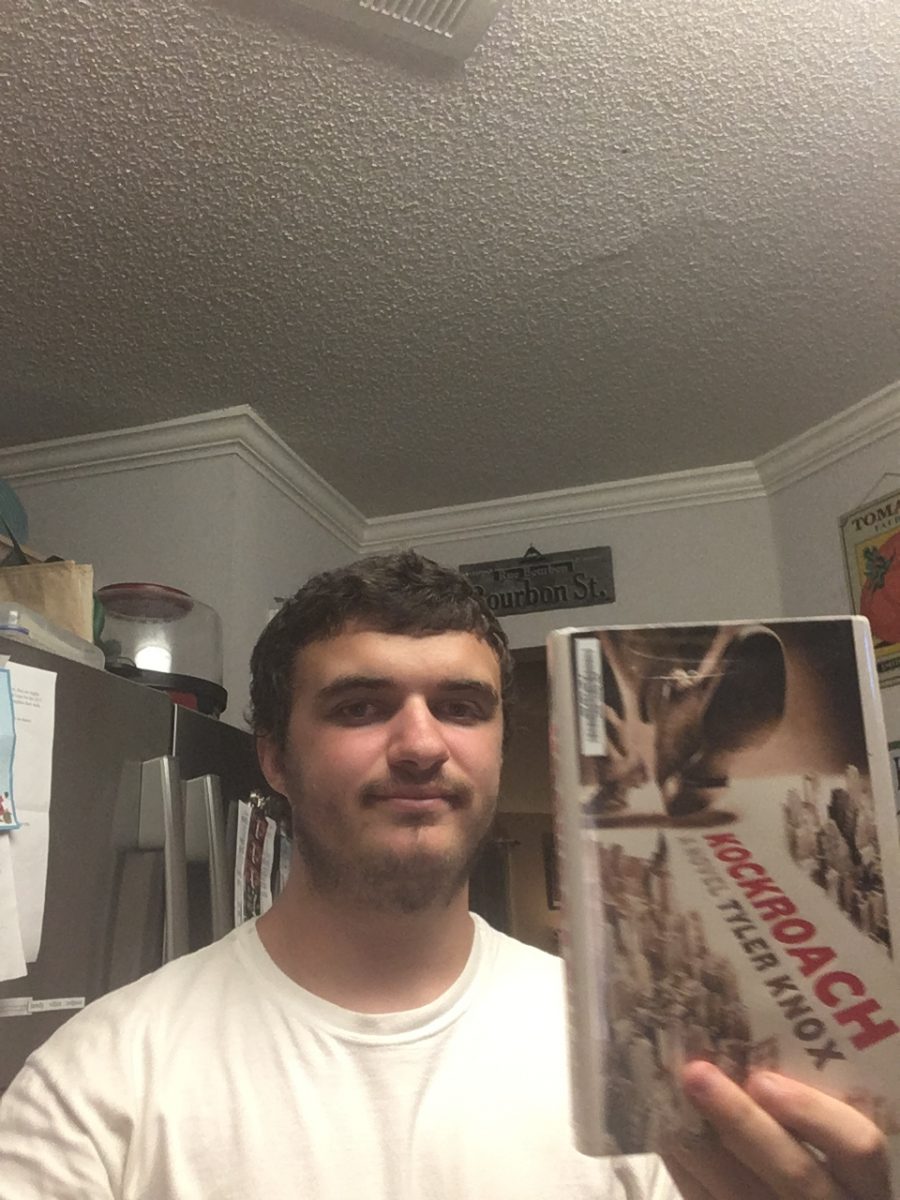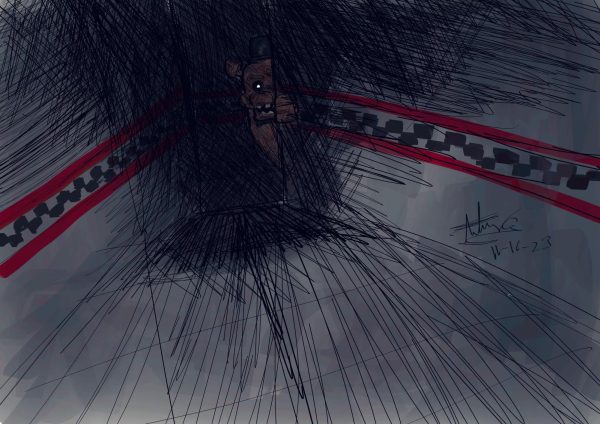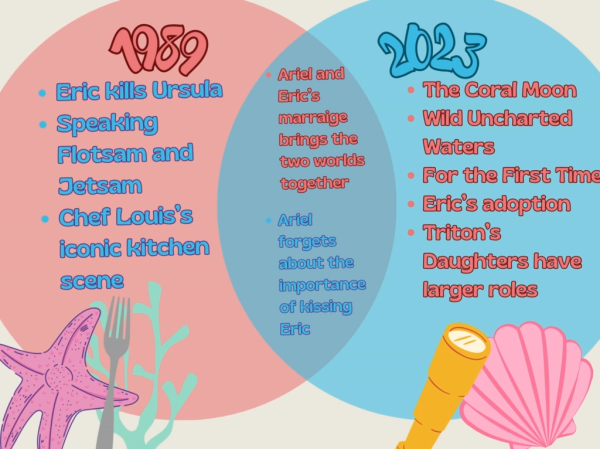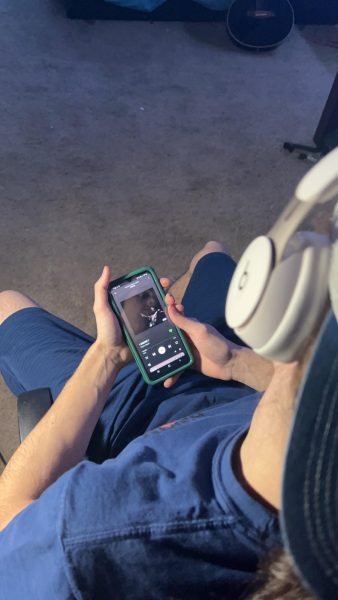Book Review: Tyler Knox’s ‘Kockroach’
Jake Lankford rates the plot of “Kockroach” a 7 out of 10.
No, that’s not a typo and no, this isn’t a nonfiction book about cockroaches. This is Tyler Knox’s 2007 absurdist noir novel, “Kockroach.”
The novel actually borrows its premise from Franz Kafka’s classic novella “The Metamorphosis,” in which a man wakes up turned into a giant bug, but unlike “The Metamorphosis,” this premise is turned upside down, inside out, and filled with humor and vulgarity.
Set in 1950s New York City, “Kockroach” focuses on a cockroach named Kockroach as it wakes up one morning transformed into a human being. He has traded in six legs for only two of them, his antennae for a pair of ears, and his compound eyes for only two eyeballs, but he quickly learns how to do things like a human – walk on two legs, wear clothes, and speak like a human in what is probably the most hilarious first chapter in any book I’ve ever read.
Kockroach soon draws the attention of Mite, a pint-sized criminal who, like Kockroach, is trying to find his place in the world. The two become fast friends after Kockroach snaps another gangster’s arm in a heated fight, and Mite’s friend Celia Singer, a disfigured woman who is also dealing with alienation like Kockroach and Mite, soon develops an attraction to the former even though he is a criminal.
After the arm-snapping incident, Kockroach and Mite climb the social ladder of NYC’s criminal underworld thanks to both Kockroach’s primal instincts and Mite taking advantage of him. \ This all comes crashing down in the second part’s literally explosive finale, which blows Kockroach back to the gutters where he is forced to start over at the bottom of the ladder once more and find his old friends again. Eight years later, however, Kockroach is owning his own business in the Empire State Building, grabbing up other businesses like Donald Trump would, and eying a Senate seat at the end of this quirky, wacky novel.
The novel itself is a beautifully woven tapestry of sights, sounds and characters. The alternating style of the novel adds to this effect – the inhuman and detached chapters of “Kockroach” emphasize that no matter how human the title character acts, he will still be a cockroach at heart. The gritty, slang-ridden, grammatically incorrect chapters of Mite add to the noir atmosphere of the novel in so many ways, and the flowery, tame chapters of Celia nicely balance out Kockroach and Mite’s chapters with a good hit of introspection and self-reflection. Too bad it was like her chapters were an afterthought though, because the novel lacks consistency in its alternating style. Celia’s first chapter was six and she didn’t get another one until Chapter Nine, the start of Part Two, and only made one appearance after that in Part Two, Chapter 15, which is one of Mite’s chapters.
Another big complaint I and several other readers of “Kockroach” have is the presence of anachronisms in what is supposed to be a 1950s period novel. You get a mention of the Ramones in Chapter Seven and a Watergate reference in Chapter Two, but these are few and far between so they don’t kill the atmosphere too much.
In short, “Kockroach,” is a funny, vulgar, yet relatable read due to its themes of alienation, trying to fit in but failing, and being the best that you can be even though you will face trials and tribulations along the way. The characters may not be likeable at all due to their actions, but Kockroach, Mite and Celia are people who we will share that situation of alienation with, especially in high school as you have labels stuck to you left and right, you are judged based on what you wear and do, and you drift from one friend group to another.
IN SHORT:
Plot: 7/10
Characters: 8/10
Themes: 9.5/10
Prose: 8.5/10

Morgan "Jake" Lankford
Staff/Reporter, The Pony Express.
Morgan "Jake" Lankford was a staff reporter for The Pony Express.










